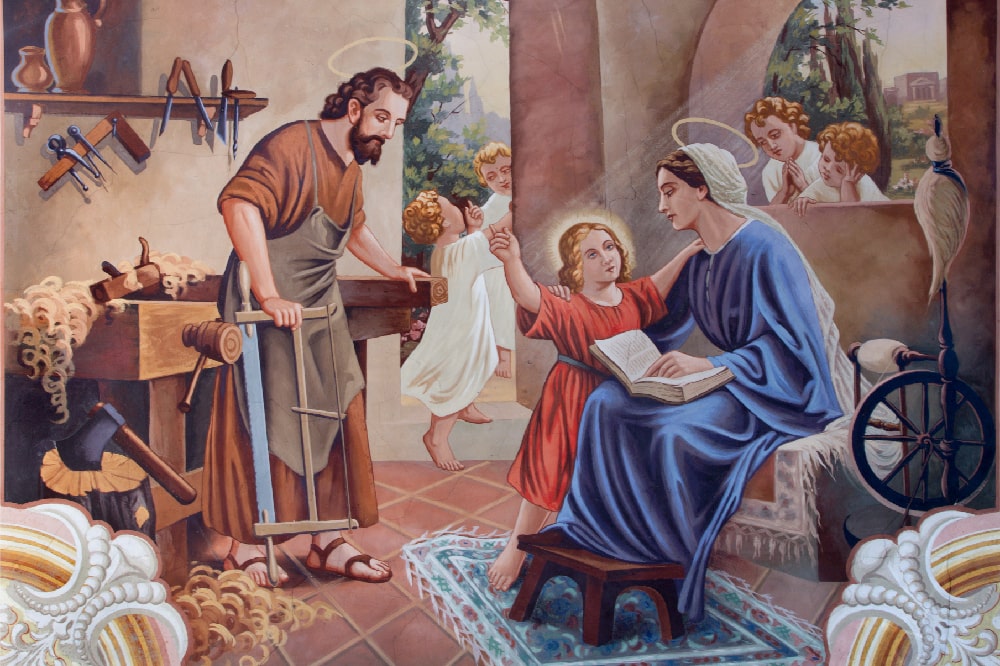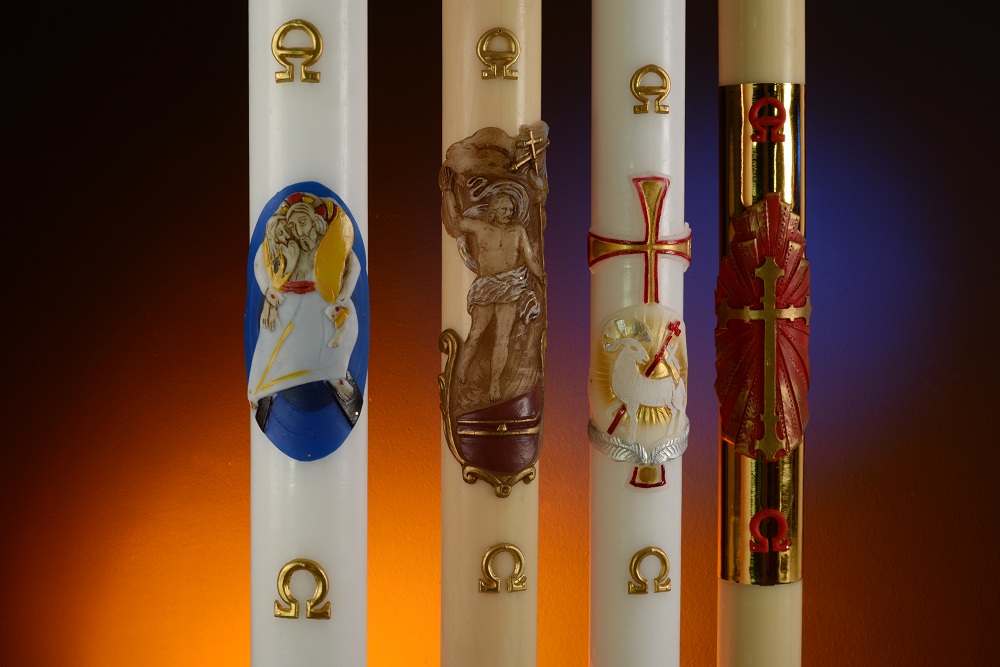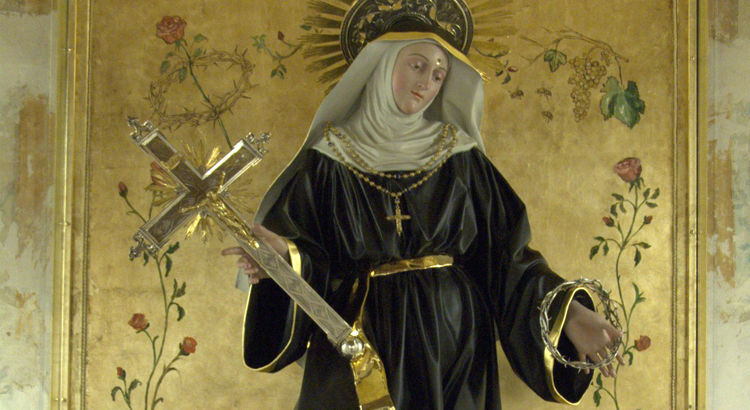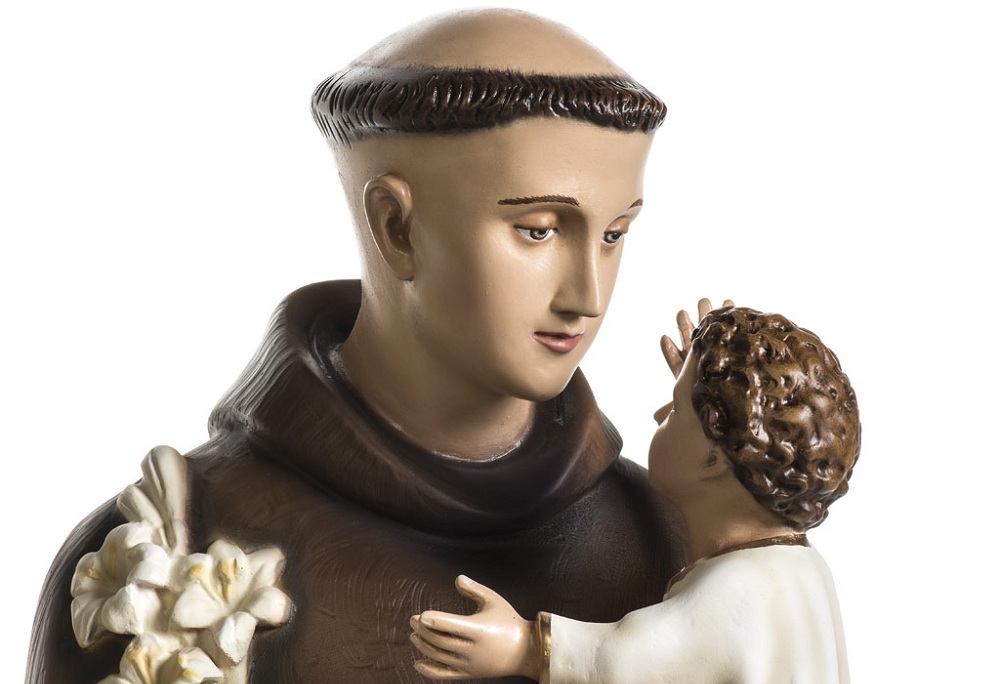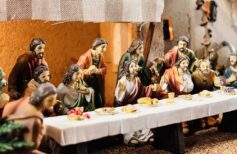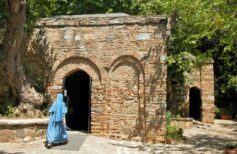Let us investigate the lost years of Jesus’ life. What was he doing before he started preaching? Did he ever move away from Palestine?
Jesus’ life is known mostly through the canonical Gospels, but there are many gaps, periods during which we can only guess what He did. It is strange to talk about Jesus’ lost years, even more so to talk about dark years. What could be dark about Him, who was and is the bearer of a light that transcends darkness and death across the centuries? Indeed, this term is used to define only a period in Jesus’ life that is not particularly noteworthy, and as such not mentioned in the Gospels. Later texts have attempted to recount these years of Jesus’ silence, following the Nativity and preceding the beginning of His preaching. The Apocryphal Gospels have attempted to fill the narrative gaps from the New Testament, and many scholars over the centuries have tried to reconstruct the story of Jesus based on available legends and information. Even today they continue to investigate, studying historical sources and comparing them with medieval texts and accounts of all kinds.

The story of Jesus: the most important events of His life
The story of Jesus, between the Gospel story, historical reality and devotional legend. In view of Easter, we reconstruct the human story that changed the fate of humanity.
Living in the Palestine of the time, and particularly in Nazareth, a small town populated mainly by Jews engaged in agriculture, it is likely that the childhood and youth of the historical Jesus was no different from that of any other child and boy of the time and place. At the age of five, children began their studies at the synagogue and were initiated into their father’s trade. Twelve was an important age because the family went to the Temple in Jerusalem to celebrate the bar mitzvah, the child’s religious initiation. From here on, the boy was part of the community and had to divide his time between work, religious ceremonies in the synagogue and Scripture study. On the occasion of the great Jewish festivals one would go to the Temple in Jerusalem. Jesus’ life, that unique and special life for which He is remembered, actually begins with His preaching, when He leaves Nazareth and begins to travel, and on it the Gospels come to our aid.
Jesus’ childhood and youth
In Luke’s Gospel we find two episodes that leave some clues about Jesus’ childhood. One is shortly after His birth, and it is the Presentation at the Temple in Jerusalem. The evangelist writes that after it the Holy Family returned to Nazareth, and that “the child grew and was strengthened; he was full of wisdom, and the grace of God was upon him.” (Luke 2:39-40). Again Luke briefly relates another episode, the loss and finding of Jesus in the Temple. Every year Joseph and Mary traveled to Jerusalem on the occasion of Passover. When Jesus is twelve years old, they take Him with them, for His bar mitzvah: “When He [Jesus] came to the age of twelve, they went up to Jerusalem, according to the custom of the feast; the days of the feast having passed, as they were returning, the child Jesus remained in Jerusalem without the knowledge of His parents” (Luke 2:42-43). Mary and Joseph will find Him in the temple, intent on talking with the teachers, and in the face of their distress Jesus will say only, “‘Why were you looking for me? Did you not know that I was to be found in my Father’s house?”” (Luke 2:49)

Presentation of Jesus at the temple until the feast of Candlemas
The presentation of Jesus to the temple is celebrated on February 2. Also known as the Feast of the Purification of Mary, or Candlemas, it is a holiday that has taken on many different and important meanings…
It is presumable that, having returned to Nazareth, Jesus followed in his father’s footsteps and, like St. Joseph, became a carpenter or joiner, since carpenters of that time were also builders. Both Mark and Matthew in their Gospels refer to him as Téktôn, a Greek term that is still the subject of exegetical diatribe today, as it can mean carpenter, mason, joiner or even blacksmith.
The theory of Jesus at work with Joseph in the family workshop is borne out by one of the earliest episodes recounted in Mark’s Gospel, when Jesus, now in his thirties, begins preaching in Nazareth. The local people are initially annoyed by this young man who dares to set out to teach in the Synagogue on the Sabbath, as if he were a teacher: “‘Where do these things come to this man? What wisdom is this that is given to him? And how is it that such mighty works are done by his hand? Is not this the carpenter, the son of Mary, the brother of James, of Joses, of Judas, and of Simon? And are not his sisters here among us?” And they were scandalized because of him.” (Mark 6:3-4)

Novena to Saint Joseph for Labor Day
Saint Joseph in an unmissable figure when we think about Jesus life and work. Even though he was probably already dead when Jesus began his mission, it is true that his role of Mary’s husband and foster father…
Regarding St. Joseph, it is presumable that he died before Jesus reached the age of 30 and began preaching, or it would not explain why in the Gospel accounts Mary is always alone. When the father died, the eldest son became the head of the family and assumed all duties and burdens upon himself.

Jesus in India
Over the centuries there has also been an attempt to investigate any travels of Jesus. Did he ever travel away from Palestine? In medieval times a literary current developed that told of Jesus’ travels to Britain, present-day Great Britain. These tales related to the figure of Joseph of Arimathea, an influential member of the Sanhedrin and disciple of Jesus, who, according to the Gospel of John, claimed His body from Pilate and prepared it for burial together with his friend Nicodemus. Joseph of Arimathea, revered by all churches and considered patron saint of gravediggers, funerals, and morticians, appears in the Arthurian cycle as the first custodian of the Holy Grail. He is said to have brought the cup of the Last Supper to Britain by a daring journey, according to the account of Rabanus Maurus (780-856), archbishop of Mainz, in which he was to be accompanied by Mary and Martha of Bethany, their brother Lazarus, who rose from the dead, and other eminent figures in early Christianity. They would have been the ones to lay the foundations of Christianity on the island. According to legends Joseph would only return to Britain, where he had already been to accompany Jesus while still a boy. There is even a chapel in the Glastonbury Abbey whose foundation is attributed precisely to Jesus and Joseph of Arimathea.

More recent studies have advanced the possibility that Jesus was in India. Some suggested that He was Bhagavan Krishna, one of the incarnations of the god Vishnu, there are many similarities between the story of the Jesuses and this character, and the name Jesus could be derived from Jezeus, “pure essence” in Sanskrit, by which Krishna’s disciples called Bhagavan Krishna. But there is no firm evidence for this. The American preacher Levi H. Dowling in the early 1900s told in his writings of a long journey of the young Jesus through India, Tibet, Persia, Assyria, Greece and Egypt, and later Dr. William S. Sadler expanded His travels to North Africa and Italy as well. But again, this is speculation without substantial documents to prove its veracity.

